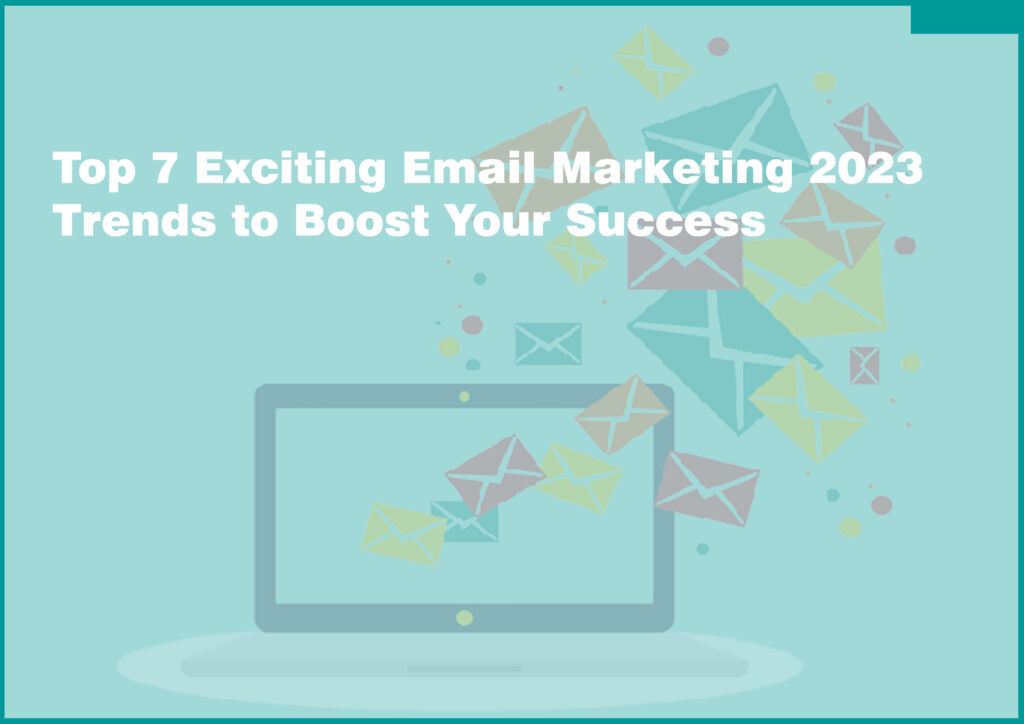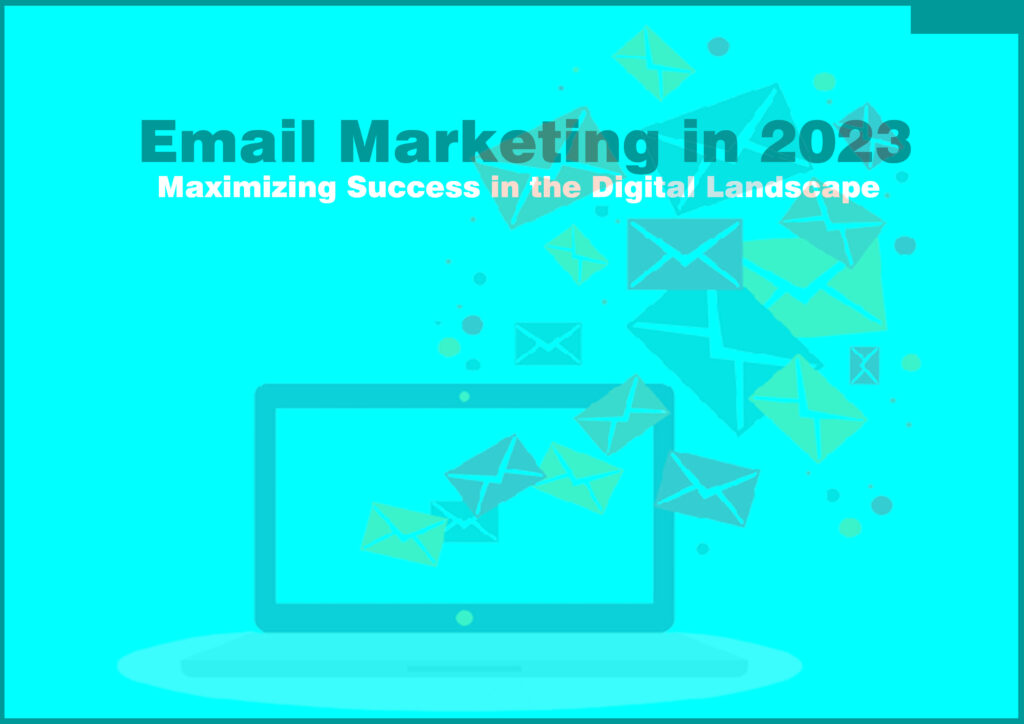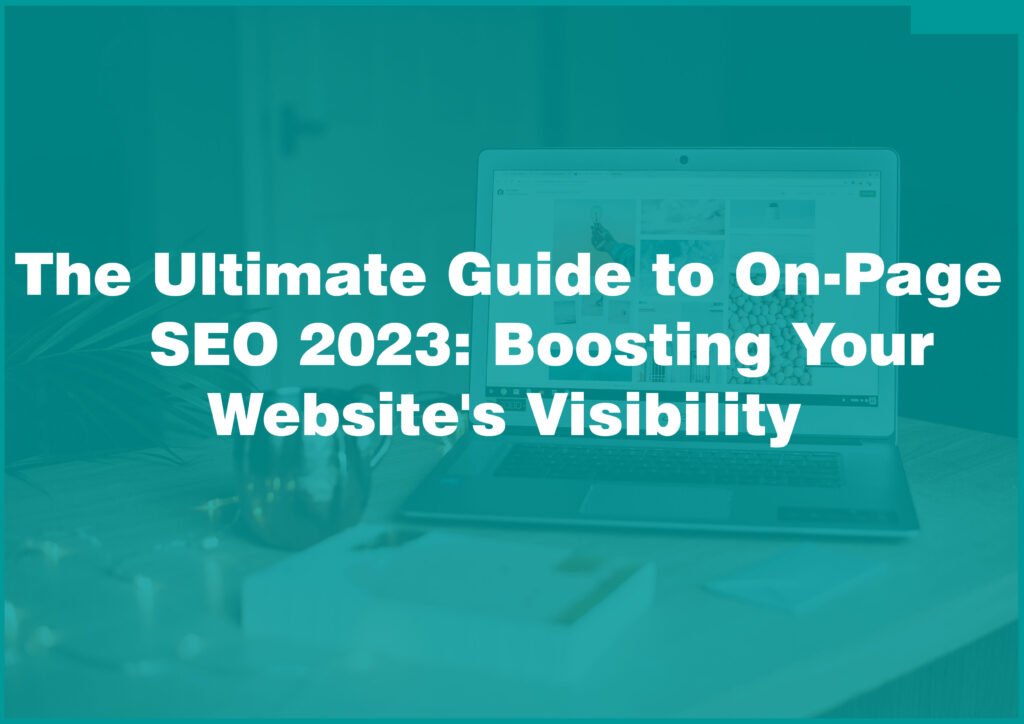Email marketing is still one of the best ways to communicate with customers and boost conversions. To maximize your email marketing initiatives in 2023, remain current on trends and tactics. This article discusses the top 7 email marketing 2023 trends.

7 Email Marketing 2023 Trends
Certainly! Here are 7 email marketing trends for 2023:
AI-Powered Personalization
AI-powered personalization extends beyond segmentation and dynamic content. It analyzes massive volumes of data and extracts subscriber insights using powerful algorithms and machine learning. AI can customize email by learning their interests, activities, and purchasing history.
AI systems may examine email engagement numbers, surfing trends, and purchase histories to better understand subscribers. AI can determine interests, preferences, and buy intent by watching their communications and website activities. Personalize email content using this info.
AI-powered customization generates dynamic email content based on user profiles. AI can customize each recipient’s subject lines, product suggestions, and email templates. Customization boosts engagement and attention.
AI systems can forecast subscriber behavior and preferences using predictive analytics. AI can accurately anticipate activities like buying or subscribing by evaluating past data and trends. This data lets you deliver targeted emails at the perfect moment, improving campaign personalization and effectiveness.
AI-powered customization can automatically create and send subscriber-specific email sequences. You can send tailored emails that move subscribers through the conversion funnel by mapping customer journeys and setting up triggers based on particular actions or events. This guarantees that each email is timely and relevant, enhancing conversion rates.
AI allows real-time email campaign optimization. AI algorithms can optimize content, subject lines, and CTAs based on recipient reactions. This iterative technique improves email marketing outcomes over time.
Interactive Emails: Engage and Delight Your Subscribers
Emails that can be interacted with are a potent tool for capturing and holding subscribers’ attention while providing a positive and exciting experience. Marketers can break away from static material and create a more immersive communication channel by including interactive components such as buttons that may be clicked on, polls, quizzes, carousels, and movies.
Emails that allow subscribers to interact actively with the material, provide meaningful input, and drive better levels of engagement are called interactive emails. Interactive emails encourage increased user involvement by enabling subscribers to interact actively with the information. These interactive aspects capture attention and promote customization, allowing marketers to adjust the experience of receiving emails to individual recipients’ preferences, interests, and behaviors. Brands can establish closer relationships with their audience, increase the number of conversions, and ultimately provide a more memorable and delightful experience for their subscribers when they use interactive emails.
Hyper-Personalization: Segmenting Your Audience for Maximum Impact
Email marketing hyper-personalization involves segmenting your audience by their unique traits, actions, and preferences. By doing so, you may develop segment-specific email messages with maximum effect and engagement. Hyper-personalization in email marketing requires these steps:
- Collect your subscribers’ demographics, purchase history, browsing behavior, and engagement trends. Store and manage this data using email marketing or CRM solutions.
- After gathering enough data, define client segments by shared traits, interests, or behaviors. You may have divisions for loyal consumers, new subscribers, regular buyers, and cart abandoners.
- Create appealing email content targeted to each segment’s requirements and interests. Personalized product suggestions, targeted advertising, and interest-based content are examples. Use dynamic content or merge tags to personalize emails using subscriber names and purchase histories.
- Set up automatic email processes prompted by events or actions. You may send new subscribers a welcome series, inactive subscribers a re-engagement campaign or recent buyers targeted follow-ups. These processes keep your audience informed.
- Constantly evaluate your email marketing. A/B test segment subject lines, content, and calls to action. Testing and improving your campaigns may improve your strategy and email performance.
- To evaluate hyper-personalized messages and track open, click-through, and conversion rates. Track subscriber engagement and adapt. To guarantee email success, monitor comments, unsubscribes, and spam complaints.
- When collecting and using consumer data for segmentation, follow appropriate privacy regulations like the GDPR or CCPA. Provide simple opt-out and preference management choices for subscribers.
Hyper-personalization takes constant work. Understanding your audience, using data, and customizing email messages boost your marketing efforts and strengthen subscriber connections.
Mobile-First Design: Optimizing for On-the-Go Users
Mobile-First Design optimizes digital content, mainly email marketing campaigns, for mobile devices. Businesses must efficiently serve on-the-go consumers as smartphone adoption and mobile browsing rise.
Mobile-first design in email marketing requires the following:
- Responsive Design: Emails should adjust to multiple screen sizes and resolutions. This makes your content mobile-friendly.
- Simplify Layout: Mobile displays are small, so simplify the email layout to highlight critical information. Use clear headers, subheadings, and bullet points to make information scannable.
- Clear Call-to-Action (CTA): Make mobile CTAs conspicuous and straightforward to tap. Use big, well-spaced buttons. Make CTAs easy to find in emails.
- Optimize photographs: Resize and compress photographs to save space without losing quality. Loading large pictures might frustrate users—additionally, scale photos for mobile displays.
- Font and Text Size: Choose readable fonts and text sizes for smaller displays. Avoid tiny typefaces that need magnification.
- Preheader Text: Use the preview text next to or below the subject line to summarize or entice readers. This encourages email opening and engagement.
- Touch-Friendly Design: Use bigger tap targets and space-clickable items to make the email touch-friendly. This prevents accidental clicks and improves user experience.
- Email loading speed: Pay attention. Optimize pictures and code to speed up loading. Slow-loading emails increase bounce rates and decrease engagement.
User-Generated Content: Harnessing the Power of Social Proof
Social proof is when people’s behaviors and views impact them. User-generated material like testimonials, reviews, and customer experiences may employ social proof in email marketing. These email features build trust and authenticity, increasing engagement and conversion rates.
Subscribers are likelier to open emails when genuine consumers share favorable brand experiences. Customer evaluations and social media comments may draw attention and intrigue. Engagement may boost email open rates, click-through rates, and performance.
Consumers informed of discriminatory advertising practices generally distrust traditional marketing messaging. User-generated content shows that genuine people like your goods and services. UGC in emails may create trust and credibility, overcoming mistrust and strengthening subscriber connections.
User-generated material makes email marketing more relevant and personalized. You may customize UGC by segmenting subscribers by interests and preferences. You may present customer testimonials from a subscriber’s prior purchases or user-generated photographs that match their demographics. This personalization connects with subscribers on an individual level.
UGC in email marketing displays happy customers and encourages other subscribers to share their experiences. Contests, challenges, and hashtags in emails may encourage user interaction and produce new material. This participatory strategy builds brand advocacy, community, and conversions.
Video in Emails: Captivate Your Audience
The video has evolved into a very entertaining and convincing medium, and its influence on email marketing is expected to increase in the year 2023. Rather than just sending plain text, using videos in your emails might be a more effective way to deliver your message and get your audience’s attention. You are incorporating videos into your emails, whether product demonstrations, lessons, or footage from behind the scenes, which may drastically increase interaction and click-through rates.
Automation and Workflows: Streamlining Your Email Marketing Efforts
The use of automation and workflows has been a game-changer in email marketing, and its impact will only grow from here on out until 2023. You may provide timely and relevant material to subscribers by setting up automatic email sequences triggered by specified actions or occurrences. Automation helps nurture leads and establish long-term connections by sending out emails such as “welcome” messages and “abandoned cart” notifications and providing targeted suggestions and re-engagement efforts.
Conclusion
As we dive into 2023, incorporating these top 7 exciting email marketing trends into your strategy can give you a competitive edge and drive remarkable results. From AI-powered personalization and interactive emails to hyper-personalization and video content, staying ahead of the curve will help you boost your success and achieve your marketing objectives. Embrace these trends, experiment, and continuously optimize your email campaigns to stay connected with your audience and drive conversions.





